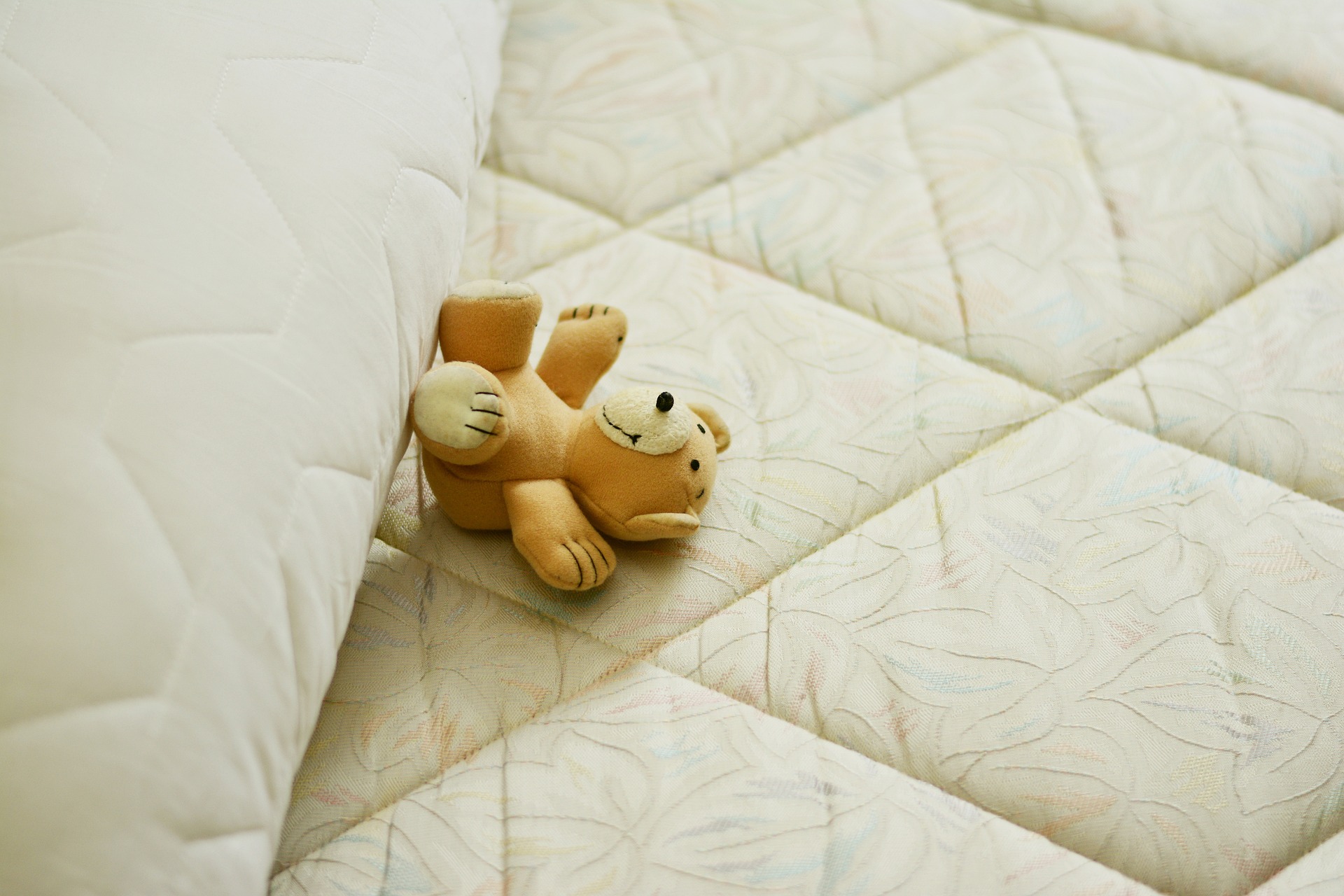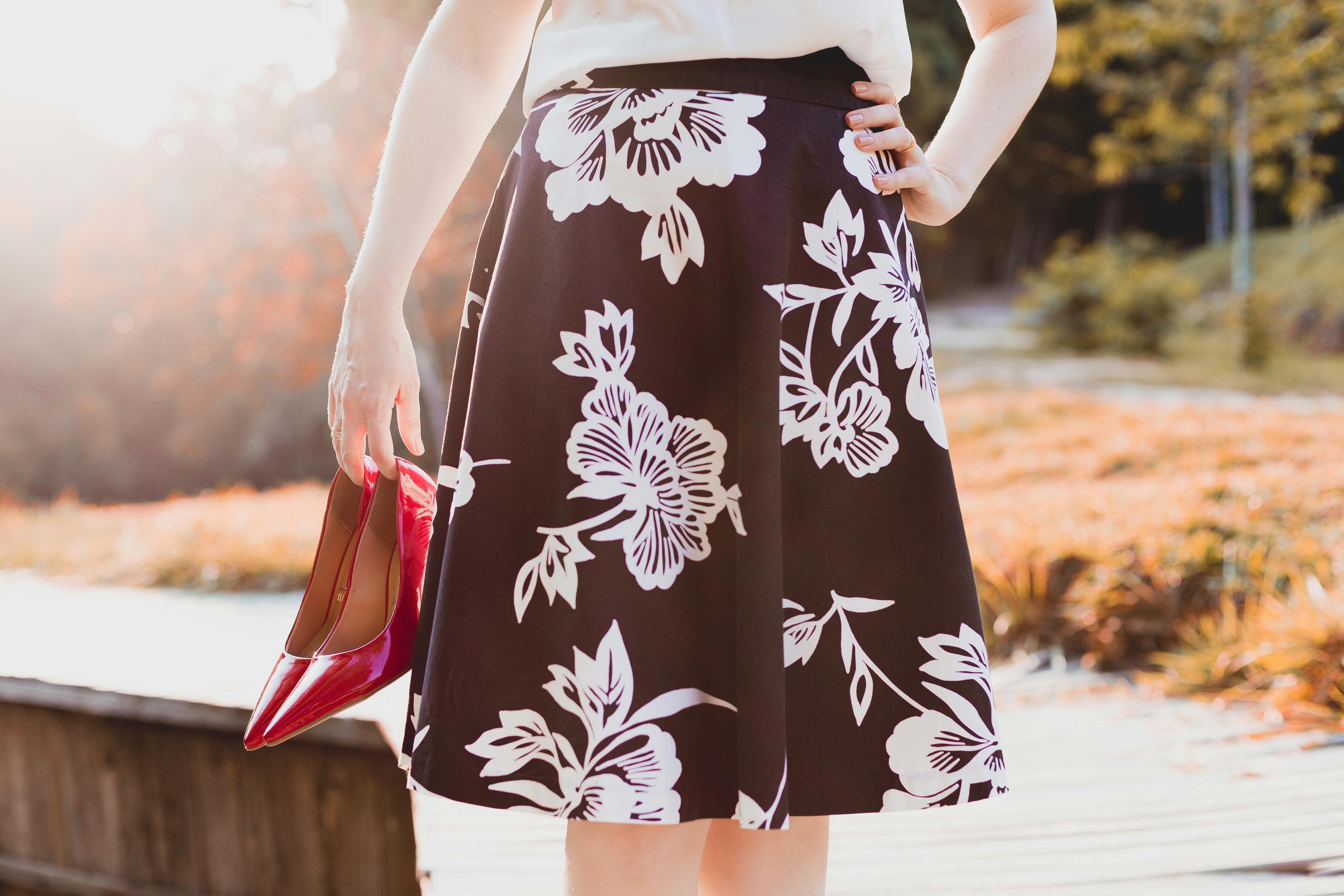"Intriguing Fusion: Blending Traditional and Modern in Interior Design"
The fusion of traditional and modern elements in interior design can create a visually stunning, comfortable, and timeless living space. This blend, often referred to as “transitional design,” marries the warmth and classic charm of traditional design with the clean lines and neutral palette of contemporary style. But how did this design trend evolve, and how can you incorporate it into your own home?

The Genesis and Evolution of Transitional Design
Transitional design originated in the late 20th century as a reaction to the stark lines and minimalism of modern design. Designers wanted to inject more warmth and comfort into spaces, and so they began to merge elements from the traditional design era—think rich woods, plush furnishings, and classic artwork—with the minimalist aesthetic of the modern age. This fusion of styles has since evolved, becoming a popular choice for those seeking balance and sophistication in their homes.
The Current State of Transitional Design
In the current design landscape, transitional design continues to evolve, reflecting the changing tastes and lifestyles of homeowners. While the blend of traditional and modern remains a key characteristic, the trend now leans toward a more minimalist approach, with less ornamentation and a focus on functionality. Natural materials, neutral colors, and clean lines are popular, along with a mix of textures to add depth and interest.
Practicality and Market Trends
Transitional design offers practicality by providing a timeless aesthetic that can adapt to changing trends. Its versatility allows homeowners to update their décor without a complete overhaul, simply by swapping out a few key pieces. According to market trends, transitional design is a top choice for homeowners, with many seeking out furniture and décor that blend traditional and modern elements.
Enhancing Daily Living
Transitional design can enhance daily living by creating a comfortable, aesthetically pleasing environment. The blend of traditional and modern elements can create a relaxing atmosphere, while the focus on functionality ensures that the space is easy to live in. Whether it’s a cozy reading nook or a sleek, modern kitchen, transitional design can bring harmony and balance to any space.
The Art of Creating a Transitional Space
Creating a transitional space requires a careful balance of elements. Start with a neutral color palette, then layer in textures and materials. Use modern pieces with clean lines and incorporate traditional elements such as rich woods or classic artwork. The key is to create a harmonious blend, with each element complementing the others.
Transitional design offers a unique way of blending the comfort of traditional design with the sleekness of modern design. Whether you’re updating your existing space or starting from scratch, this trend can bring a timeless, sophisticated aesthetic to your home.





